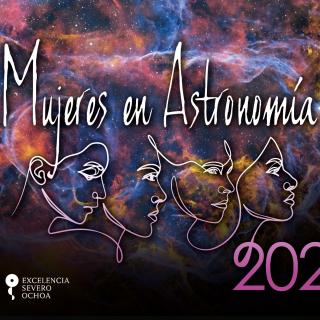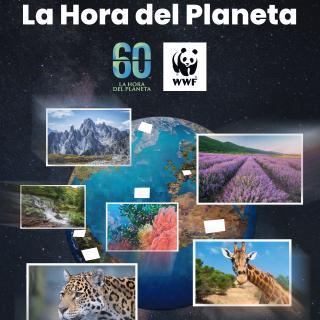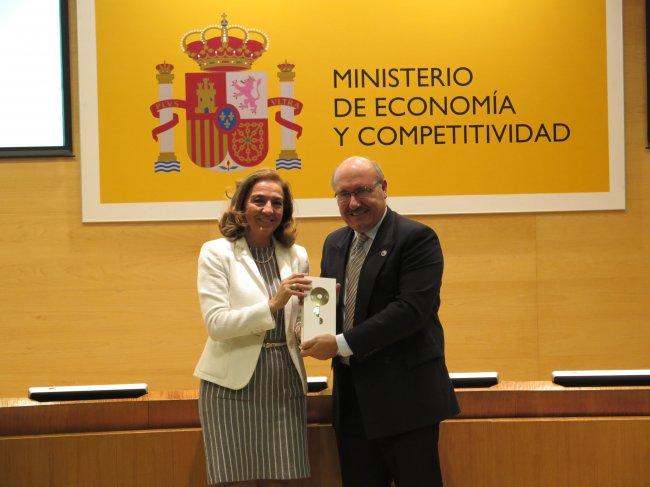It may interest you
-
 The project “ Habla con Ellas: Mujeres en Astronomía” (Talk to Them: Women in Astronomy) of the Instituto de Astrofísica de Canarias (IAC) begins today its seventh edition in Spain as part of the celebrations of the International Day of Women and Girls in Science. Aimed at the Spanish educational community, it seeks to create new professional role models in science and technology, as well as to inspire new generations, especially girls, to follow in their footsteps. In this edition, the project will feature 36 female astrophysicists, engineers and technologists from the IAC, the CanaryAdvertised on
The project “ Habla con Ellas: Mujeres en Astronomía” (Talk to Them: Women in Astronomy) of the Instituto de Astrofísica de Canarias (IAC) begins today its seventh edition in Spain as part of the celebrations of the International Day of Women and Girls in Science. Aimed at the Spanish educational community, it seeks to create new professional role models in science and technology, as well as to inspire new generations, especially girls, to follow in their footsteps. In this edition, the project will feature 36 female astrophysicists, engineers and technologists from the IAC, the CanaryAdvertised on -
 The Instituto de Astrofísica de Canarias (IAC) is joining the Earth Hour, a global movement that, once a year, reminds us that nature is the planet’s life support and highlights the environmental emergency that requires collective action.Advertised on
The Instituto de Astrofísica de Canarias (IAC) is joining the Earth Hour, a global movement that, once a year, reminds us that nature is the planet’s life support and highlights the environmental emergency that requires collective action.Advertised on -
 El Instituto de Astrofísica de Canarias (IAC) colabora con Le Good ‘Cosmic’ Market dentro del entorno de la celebración de Plenilunio acercando con una amplia agenda de actividades divulgativas que tendrán lugar en el Parque García Sanabria, de Santa Cruz de Tenerife, los días 4 y 5 de octubre. En ocasión de la elección de la temática ‘ cosmic’ de esta cita en la capital tinerfeña, la Unidad de Comunicación y Cultura Científica (UC3) del IAC ha asesorado a la organización del market para que toda su imagen y materiales tengan respaldo científico avalado. Además, el centro ofrece un programaAdvertised on
El Instituto de Astrofísica de Canarias (IAC) colabora con Le Good ‘Cosmic’ Market dentro del entorno de la celebración de Plenilunio acercando con una amplia agenda de actividades divulgativas que tendrán lugar en el Parque García Sanabria, de Santa Cruz de Tenerife, los días 4 y 5 de octubre. En ocasión de la elección de la temática ‘ cosmic’ de esta cita en la capital tinerfeña, la Unidad de Comunicación y Cultura Científica (UC3) del IAC ha asesorado a la organización del market para que toda su imagen y materiales tengan respaldo científico avalado. Además, el centro ofrece un programaAdvertised on
